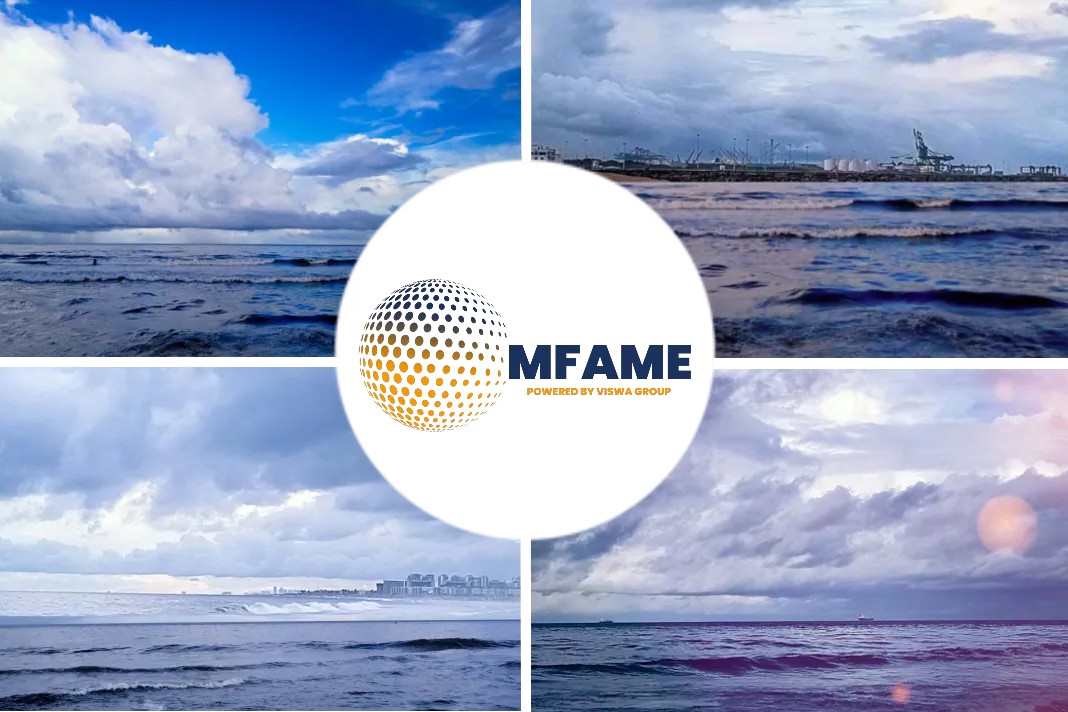- International Seaways is installing 7 scrubbers on their fleet while Ardmore buys new ships.
- Altogether 10 VLCCs are up for the installation of which 7 will be done by 2020 and rest in the first quarter of 2020.
- Another 3 VLCCs remain which won’t be retrofitted.
- The 10 VLCCs takes up about 40% of the fleet’s bunker consumption.
Ahead of IMO 2020, Shipowners International Seaways and Ardmore Shipping revealed contrasting scrubber strategies. As per the strategies, the International Seaways is going to install seven scrubber systems on its VLCCs before January 2020 while Ardmore is making the move of not installing scrubbers on its fleet of medium-range tankers, writes Marieke Alsguth
How will it be done?
International Seaways’ marine exhaust scrubber systems would be supplied by Clean Marine of Norway and Hyundai Global Service will install them, International Seaways President Lois Zabrocky said during company’s third-quarter results call.
The VLCCs were the highest consumers of bunker fuels in the International Seaways fleet, amounting to 40% of total consumption. Its 10 VLCCs intended for scrubber installation are all ECO-ships. The remaining three VLCCs to be fitted with scrubbers will receive them in the first quarter of 2020, a company spokesman said later.
How will it help?
Jeffery Pribor, senior vice president and CFO of the New York-based company, confirmed that the scrubbers are open loop scrubbers that will have the ability to convert to hybrid scrubbers.
International Seaways operates vessels in both the clean and dirty markets, with 13 VLCCs, two Suezmaxes, six Aframaxes or Long Range 2 vessels, 11 Panamaxes or Long Range 1 vessels, and 12 Medium Range vessels in its fleet.
Future Scrubber Installation Plans
The company does not plan to install scrubbers on its remaining three VLCCs of 13 and has not announced its intentions for the remaining, smaller tankers in its fleet.
“The economics are less clear on those,” said the International Seaways spokesman, David Siever. “We have two modern Aframaxes that we could potentially look at and one modern Long Range 1. As for Suezmaxes, we’re less clear. They’re so less fuel efficient that it wouldn’t make much sense.”
Ardmore’s New Ship Purchases
Ardmore Shipping, in that Cork, Ireland-based company’s earnings call, doubled down on its decision against installing scrubbers on its fleet of 28 medium range and chemical tankers.
The recent uptake in scrubber orders will be restricted by “installation complexity and rigid docking schedules,” said CEO Anthony Gurnee, adding that “less than 4% of the global fleet will be fitted with scrubbers” by January 1, 2020, regulation implementation date.
With the estimated costs of installing scrubbers on Ardmore’s fleet, the company would rather invest in buying ships rather than installing the scrubbers, he added.
Scrubbers vs Low Sulfur Fuel
On the availability of very low sulfur fuel oil, high sulfur fuel oil, and marine gasoil after the IMO 2020 implementation, Gurnee stated that 3.5% HSFO would likely be available at all main ports with VLSFO, though likely not at less-trafficked out ports. The lack of available HSFO at discharge ports could limit MR trade routes, should the MR run on a scrubber.
Where MR ship is headed?
“We often have no idea where our MR ship is going because we give the oil trader such a huge number of discharge options,” he said. “The way we trade our ships, scrubbers are interesting, but not compelling.”
Both companies reported net losses in the third quarter, with International Seaways losing $47.8 million, or $1.64/share, and Ardmore losing $12.2 million, or 37 cents/share.
Despite the low freight rates seen on the tanker markets in the third quarter, both Zabrocky and Gurnee expected both the dirty and clean markets to experience an upswing in freight costs in the fourth quarter. Zabrocky said that increased oil production and decreasing inventories would push the dirty tanker freight rates higher, trickling down into the clean tanker market.
“The rebound in crude tanker rates is leading a global tanker market recovery,” he said. “There is more momentum in MR rates than is generally recognized.”
Did you subscribe for our daily newsletter?
It’s Free! Click here to Subscribe!
Source: Platts
























